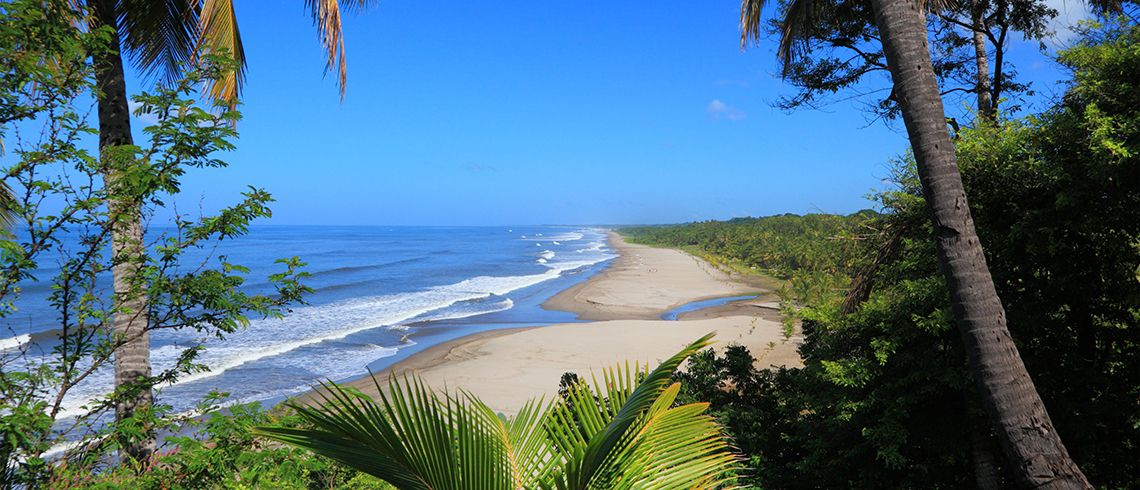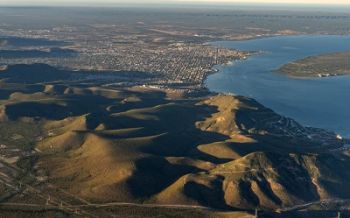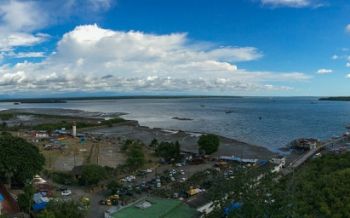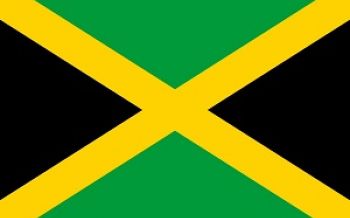Nicaragua is set to join the LNG importers’ club after striking a deal with small-scale LNG specialist New Fortress Energy for the supply of LNG to a proposed new terminal, which will power a new 300 MW gas-fired generating station to displace dirtier diesel and fuel oil generation. But the terminal’s location on the Central American country’s Pacific coast raises questions about how the facility will be supplied cost-efficiently, considering the relative dearth of LNG suppliers on that side of the Panama Canal.
New Fortress signed a 25-year power purchase agreement (PPA) with Nicaraguan power distributors DisNorte and DisSur that envisages the construction of the 300 MW power plant and LNG receiving jetty off the coast of Puerto Sandino.
Under the terms of the PPA, New Fortress is expected to provide more than 21 TBtu of natural gas per year over 25 years, the equivalent of approximately 700,000 gallons of LNG (60,000 MMBtu) per day. This equates to around 0.4 mtpa of LNG.
“The project is expected to be funded with cash on hand and funds from operations,” New Fortress said in a statement yesterday. “The terminal and the plant are anticipated to begin commercial operations in the second half of 2021, subject to various conditions, including obtaining required licenses and permits.”
The Puerto Sandino jetty will be located around 5 km offshore, connected to shore by a subsea gas pipeline. The Nicaraguan facility will be modelled around the Old Harbour LNG terminal on Jamaica’s south coast that New Fortress commissioned in 2018, which features a floating storage and regasification unit (FSRU).
At 300 MW, the new gas-fired facility will have the potential to displace a large proportion of existing thermal power generation capacity on Nicaragua’s small grid.
The country’s aggregate diesel- and fuel oil-fired capacity stood at 595 MW as of December 2017, which accounted for 51% of total installed capacity. The rest is split among renewable sources: wind (175 MW, 15%), biomass (164 MW, 14%), hydroelectric (109 MW, 9%), geothermal (105 MW, 9%) and solar PV (13 MW, 1%), according to government figures.
Nicaragua is seeking to boost renewables penetration further, but needs dispatchable output to balance daily and seasonal variances in wind, biomass and solar output. Thermal generation surges in Caribbean winter months when cloud cover clips solar PV output and wind speeds drop.
The new gas-fired plant will “contribute to the advancement of the country’s long-term economic development while also assisting the transition to lower-carbon, more environmentally friendly energy sources,” New Fortress said.
Splendid isolation
While New Fortress and other regional players such as AES and Avenir LNG are rolling out small-scale LNG distribution networks across the Caribbean, the decision to site Nicaragua’s maiden terminal on the Pacific coast places it on the wrong side of the Panama Canal to tap into these supply routes.
Traversing the interoceanic waterway would add time and drive up costs on any small-scale operation, which must already contend with high fixed costs and low economies of scale that can eat into project margins.
If New Fortress intends to avoid the Panama Canal, which is becoming increasingly congested with large scale shipments of LNG, it will be faced with limited supply options.
Peru LNG is the only active supplier of LNG on the American Pacific rim. The plant is located at a distance of almost 1,700 nautical miles, which takes a week to reach Puerto Sandino sailing at 10 knots, according to calculations by Gas Matters Today.
On the west coast of Canada, FortisBC expects to start exporting LNG in ISO containers from its expanded Tilbury LNG facility from summer 2021. Located near Vancouver in British Columbia, the distance between Tilbury LNG and Puerto Sandino is more than 3,400 nm, which takes two weeks sailing at 10 knots.
The Shell-led LNG Canada project, also in BC, expects to ship first LNG in 2025. Further south in the US, a slightly closer but less certain prospect is the Jordan Cove LNG export project in Oregon, which is struggling to secure all required federal and state permits and approvals.
Closer to home, Sempra Energy is converting its Costa Azul LNG import terminal into an export facility that should take a final investment decision (FID) this quarter. First LNG is earmarked for 2023. Costa Azul is located 2,174 nm – or nine days at knots – from Puerto Sandino.
Nicaragua is not alone in exploring a Pacific LNG solution. Colombia last year unveiled plans to develop an FSRU at the Bay of Buenaventura on its Pacific coast. Meanwhile, Colombia’s sole operational FSRU at Cartagena is expanding into small scale supply of LNG to off-grid industries, marine bunkering and truck refuelling.
And New Fortress itself is believed to be examining a possible LNG terminal on Mexico’s Pacific coast at the port of Pichilingue in Baja California Sur. The company was awarded a contract to construct and operate a barge-based facility from the state government in 2018.
New Fortress has form in taking an unconventional approach to small scale LNG solutions. The Jamaica LNG project involved construction of a floating storage unit (FSU) on the island’s south coast, with a small-scale LNG vessel, Coral Anthelia, shuttling volumes to the Montego Bay LNG terminal on the island’s north coast.
The ~340 MW Jamaica LNG-to-power project challenged the LNG industry’s unwritten rule that a load anchor of at least 1,000 MW is required to make LNG imports worthwhile. If successful, the Nicaragua project would go further by proving that a much smaller scheme can be delivered in what appears to be a sub-optimal location.
New Fortress did not reply to a request for comment by the time of publication. - SK
Subscription Benefits
Our three titles – LNG Business Review, Gas Matters and Gas Matters Today – tackle the biggest questions on global developments and major industry trends through a mixture of news, profiles and analysis.
LNG Business Review
LNG Business Review seeks to discover new truths about today’s LNG industry. It strives to widen market players’ scope of reference by actively engaging with events, offering new perspectives while challenging existing ones, and never shying away from being a platform for debate.
Gas Matters
Gas Matters digs deep into the stories of today, keeping the challenges of tomorrow in its sights. Weekly features and interviews, informed by unrivalled in-house expertise, offer a fresh perspective on events as well as thoughtful, intelligent analysis that dares to challenge the status quo.
Gas Matters Today
Gas Matters Today cuts through the bluster of online news and views to offer trustworthy, informed perspectives on major events shaping the gas and LNG industries. This daily news service provides unparalleled insight by drawing on the collective knowledge of in-house reporters, specialist contributors and extensive archive to go beyond the headlines, making it essential reading for gas industry professionals.





